The forecast suggested we'd have a very nice weekend leading to likely record UK daytime temperatures by Tuesday. I chatted with Kevin Heath and agreed to meet early on Saturday morning to head down to Normandy Marsh, Lymington hopefully to see if we could connect with the lesser yellowlegs reported there over the last couple of days - worryingly there had been no update on Birdguides since Friday late lunchtime but by a little after 9.00pm we had an update it had been recorded earlier that evening.
I got up at 4.30am (its not late, no no, it’s early early early – Spin Doctors) and set off at 5.00am stopping in Lymington at the only cafe we could find open - a Caffè Nero. We were only minutes away from the Bath Road car park and stopped here to eat our breakfast rolls, watching out over the water as the Isle of Wight ferry left port. We found there was space for three or four cars at the gate into the reserve and noted that for our next visit - we'd followed the instructions on the reserve leaflet, and it is good to see what is actually available when you visit these new venues.
We started out along the path and noted redshanks and a curlew out on the mud - the tide was out or on the turn. We approached the end of the path to see that there were a handful of birders all gathered on the sea end of the Normandy Lagoon, looking back in, presumably as the light was mostly behind them. A tern flew past and immediately we realised it was small and as it made another pass and dived, we realised it was a little tern - a year and life tick for me - Kev had seen some in the north east a month or so ago. The day had already delivered.
The seawall offers views across mud flats, where a number of bird species come to feed. Large numbers of Brent geese seek refuge here in the winter, along with roosting dunlin, black-tailed godwit and grey plover.
The salty mud creates a habitat for plants such as yellow-horned poppy, sea campion and sea aster, and healthy fish populations make the marshes a fantastic place for sandwich and little terns, black-headed gulls, and cormorants.
We worked round the lagoon and joined the onlookers - we were soon on the lesser yellowlegs, distant but great views through the scope. I took some photos, but it was going to be one of those birds that stayed just at the edge of the reach of my lens. Another year and life tick.
We watched on but the views stayed the same and gradually the heat haze started to make it more and more difficult to get a decent shot. Kev made a good choice and turned to look out across the coastal mud and spotted large numbers of redshank, a couple of greenshank, curlew, whimbrel, a bar-tailed godwit, Mediterranean gulls - year tick, two black terns fishing off-shore, and eider ducks - the black terns were yet another year tick. This place was turning out to be gold.
A redshank dropped in near the lesser yellowlegs and after a short while the two birds seemed to get annoyed with the others presence and kicked off. They bounced around on the edge of the rocks beaks raised and landing on one another. I only managed a couple of shots before the yellowlegs retired from the altercation, flying to the front of the island.
We continued watching over the lagoon and out across the decreasing expanse of mud - the tide coming in. We were entertained by a small number of little terns feeding in the lagoon and a small channel between us and the lagoon - from time to time they would hover before diving, and it was on these occasions that I managed some photos - in the end I had quite a collection!
While watching one of the little terns, the yellowlegs flew off landing on the backside of one of the islands but no one was absolutely sure where. I walked down the path following a little tern and stopped to photograph a rather sleepy avocet - Kev had spotted another on a nest at the back of the lagoon. A chap stopped to talk to me and as he walked away from his tripod and camera it fell over, landing heavily on the hood and smashing it. Thankfully his lens appeared undamaged. We followed the terns back and stopped again to watch stonechats with juveniles feeding on and just beyond the fence.
The tide was almost completely covering the mud flats and we decided to pack up and head for Stanpit Marsh over by Christchurch - a Caspian tern had been reported there again. The bird seems to rotate between Stanpit Marsh, Coward's Marsh and Brownsea Island Lagoon. We pulled in enroute at GR Eggs for a snack and more coffee, stopping to consume them before moving on. We looked up the details of the morning’s sightings and corrected the satnav for Fisherman's Point - opposite the Stanpit Marsh reserve. Stanpit Marsh is situated on the north side of Christchurch Harbour, just below the confluence of the rivers Avon and Stour. The site has an unusual combination of habitats including salt marsh with creeks and salt pans, reed beds, freshwater marsh, gravel estuarine banks and sandy scrub. It was designated as a Local Nature Reserve in 1964 and in 1986 as a Site of Special Scientific Interest.
We got to the jetty and set up a scope and were onto the bird, on the ground with numbers of black-headed gulls and dunlin. In just a couple of minutes we were fortunate as the bird made a short flight landing almost on the same spot and never getting any closer. It gave a photo opportunity - not a full frame effort but as it was another year and life tick, I'd let it off.
On the reserve bank we could see a large flock of gulls, curlew, whimbrel, lapwing and starlings and decided to make our way to the reserve. From here we could see the gulls a bit better and picked out a couple more Mediterraneans. We packed up and left the large numbers of boats, canoes and paddleboards on the water, stopping to chat with the volunteers in the Visitor's Centre - we looked at some left wings that they’d found nearby - they appeared to be herring gull juveniles that were likely predated. We'd had a cracking day and I'd added five new year ticks to take me to 200, three of which were lifers. Why is it that it always feels a longer journey on the way home?




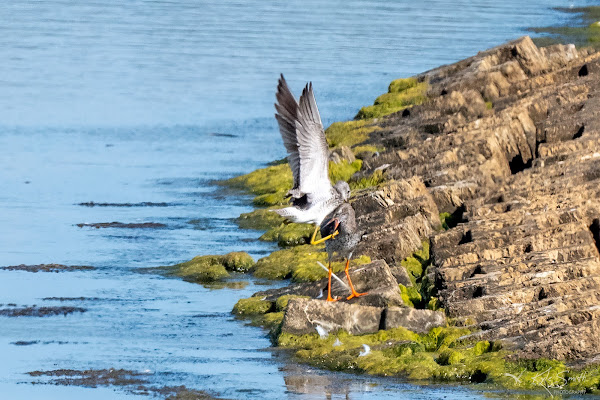
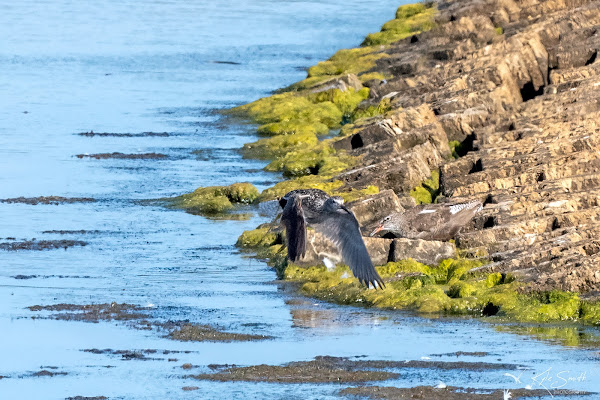

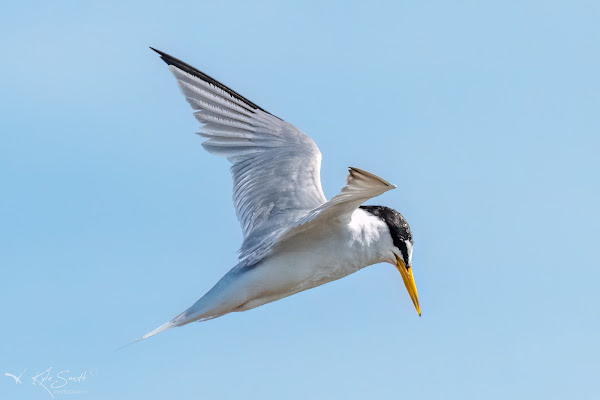


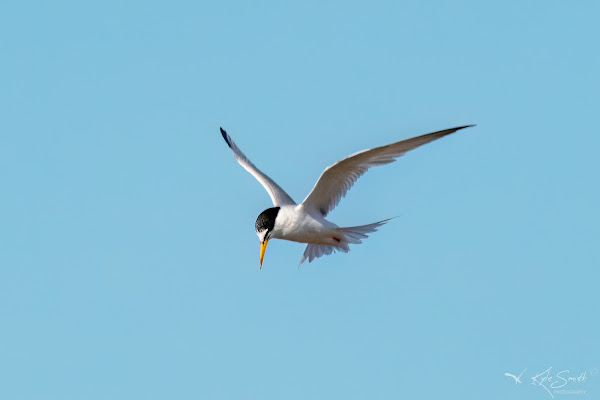

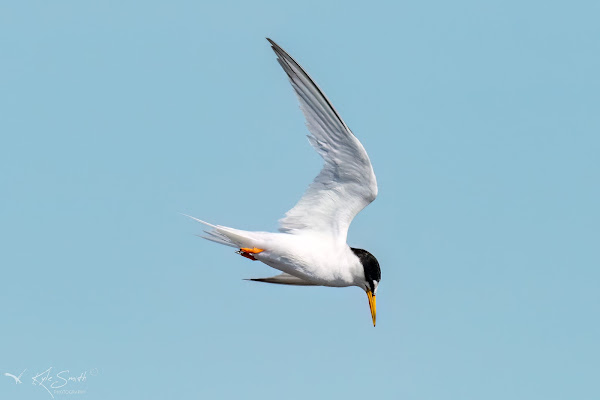

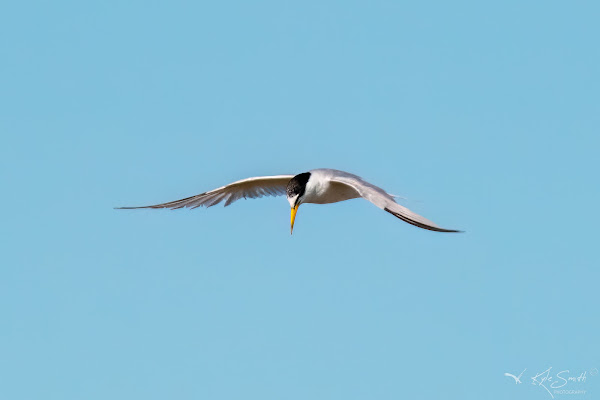
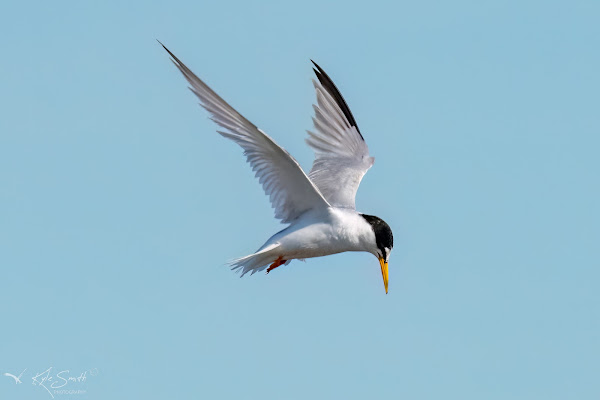




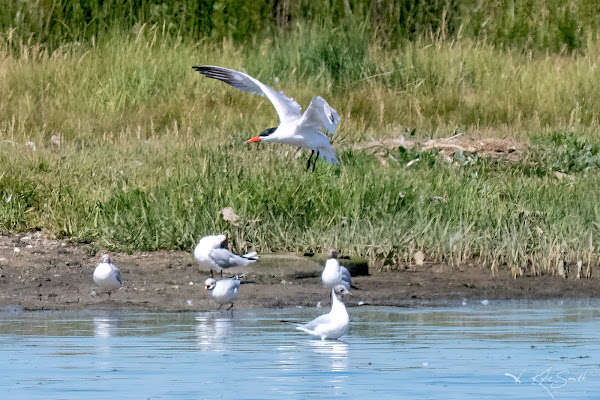
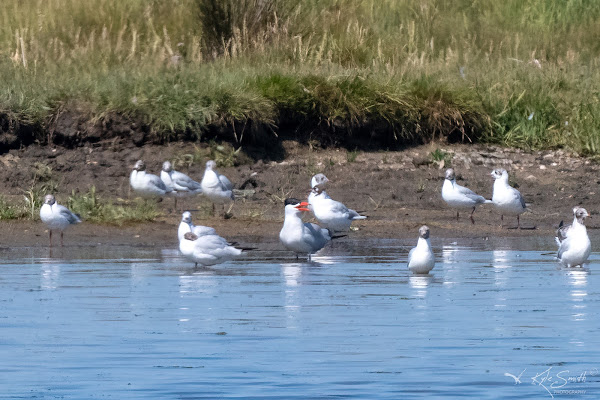


No comments:
Post a Comment